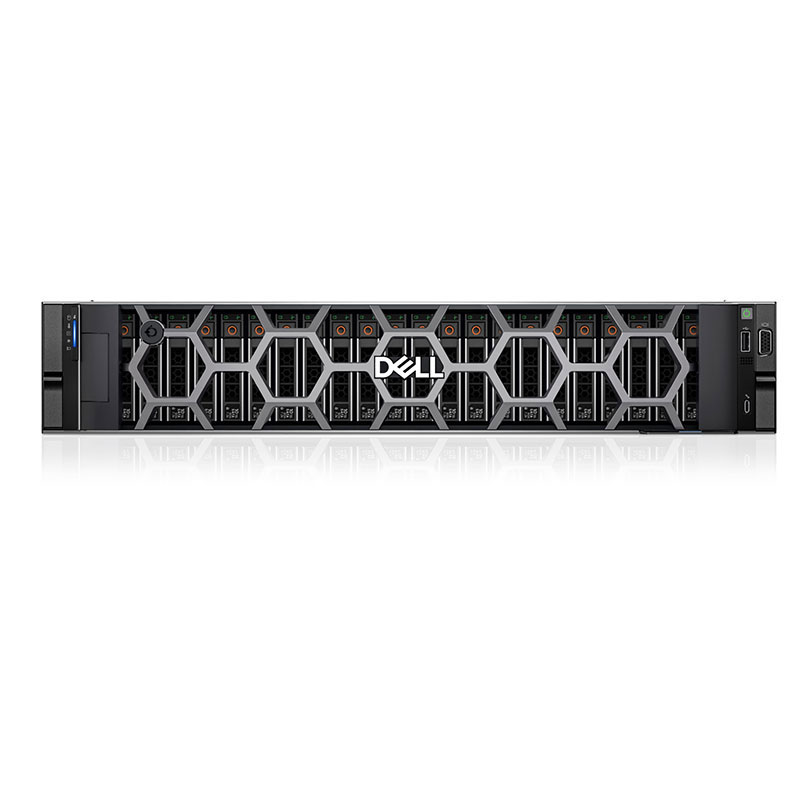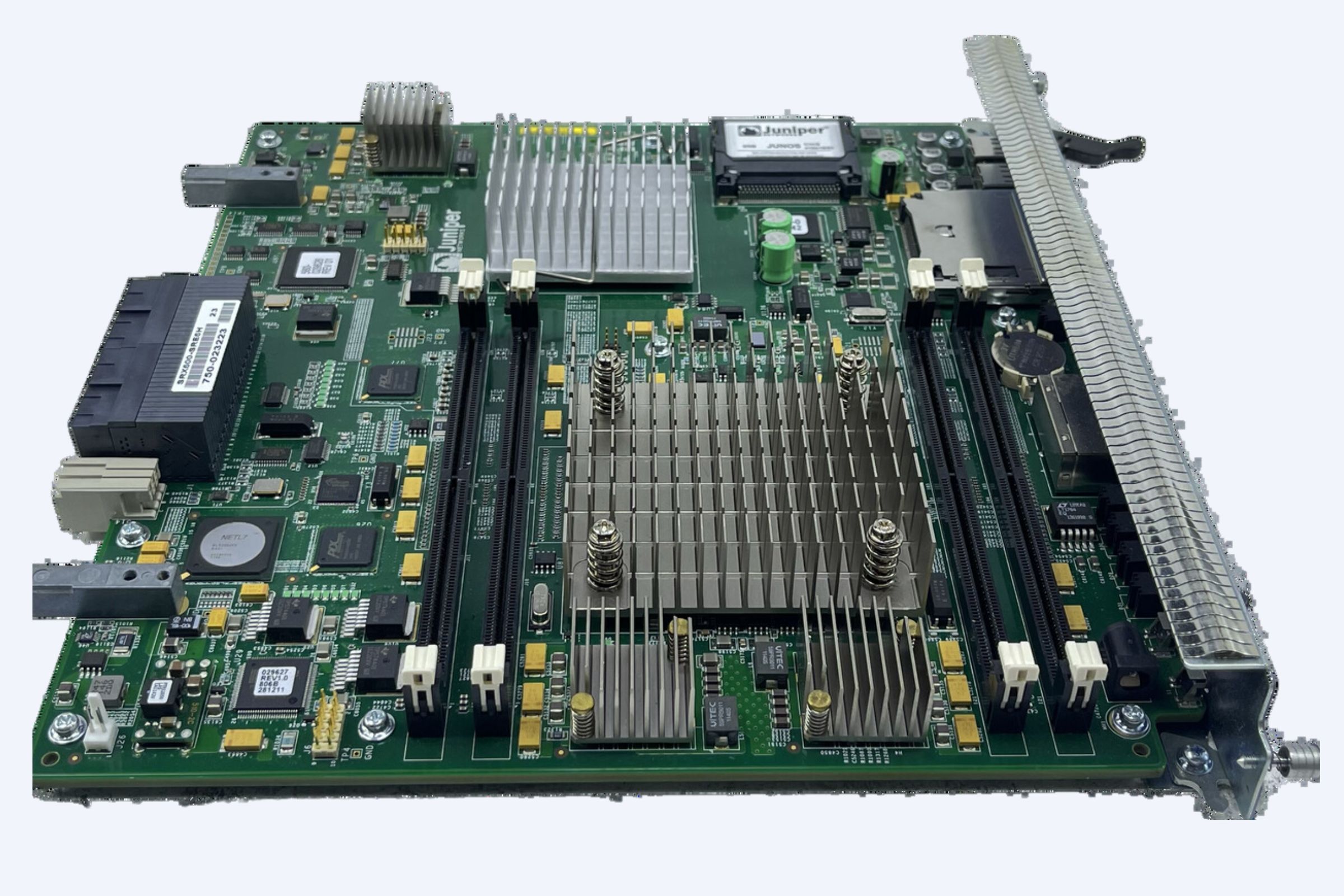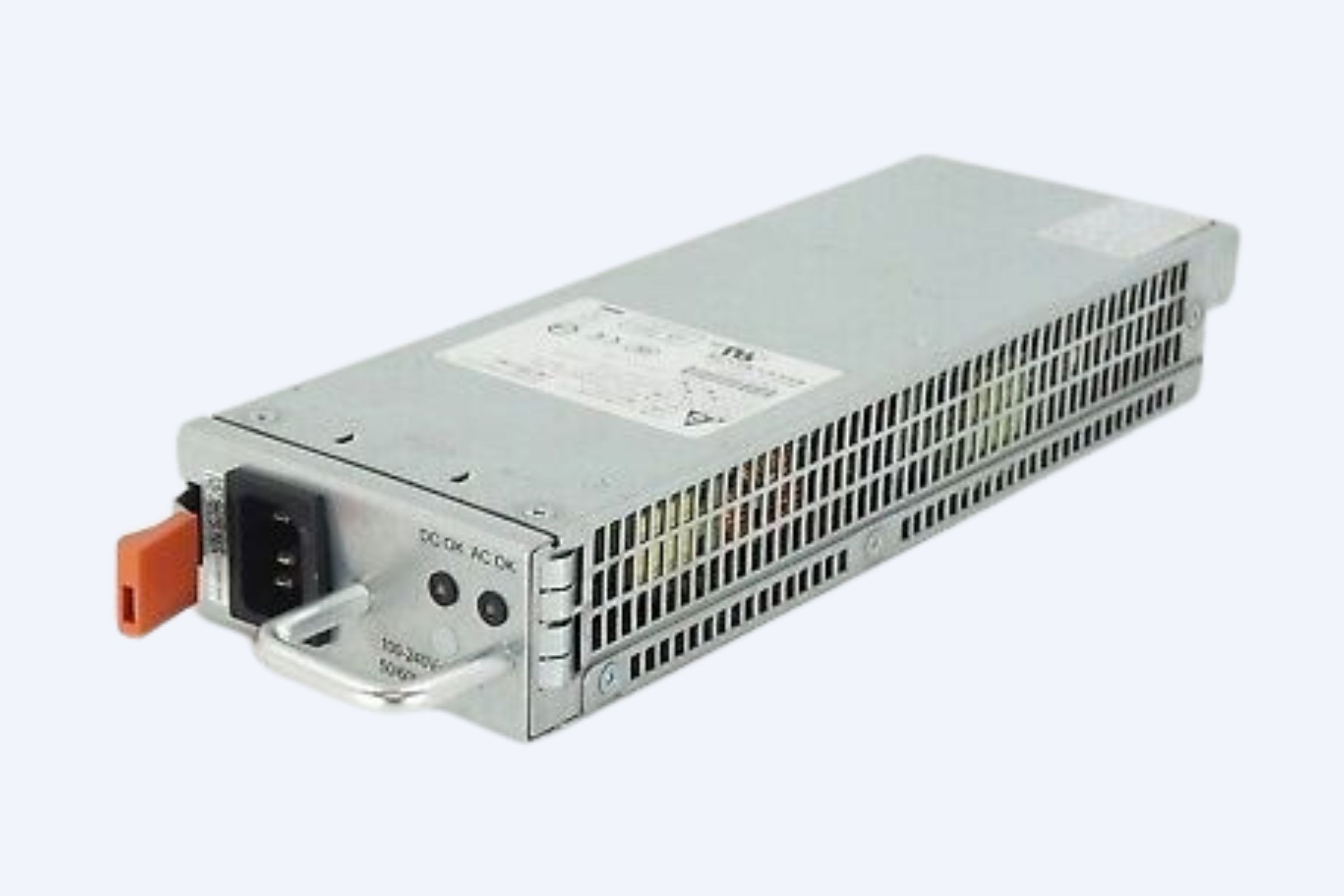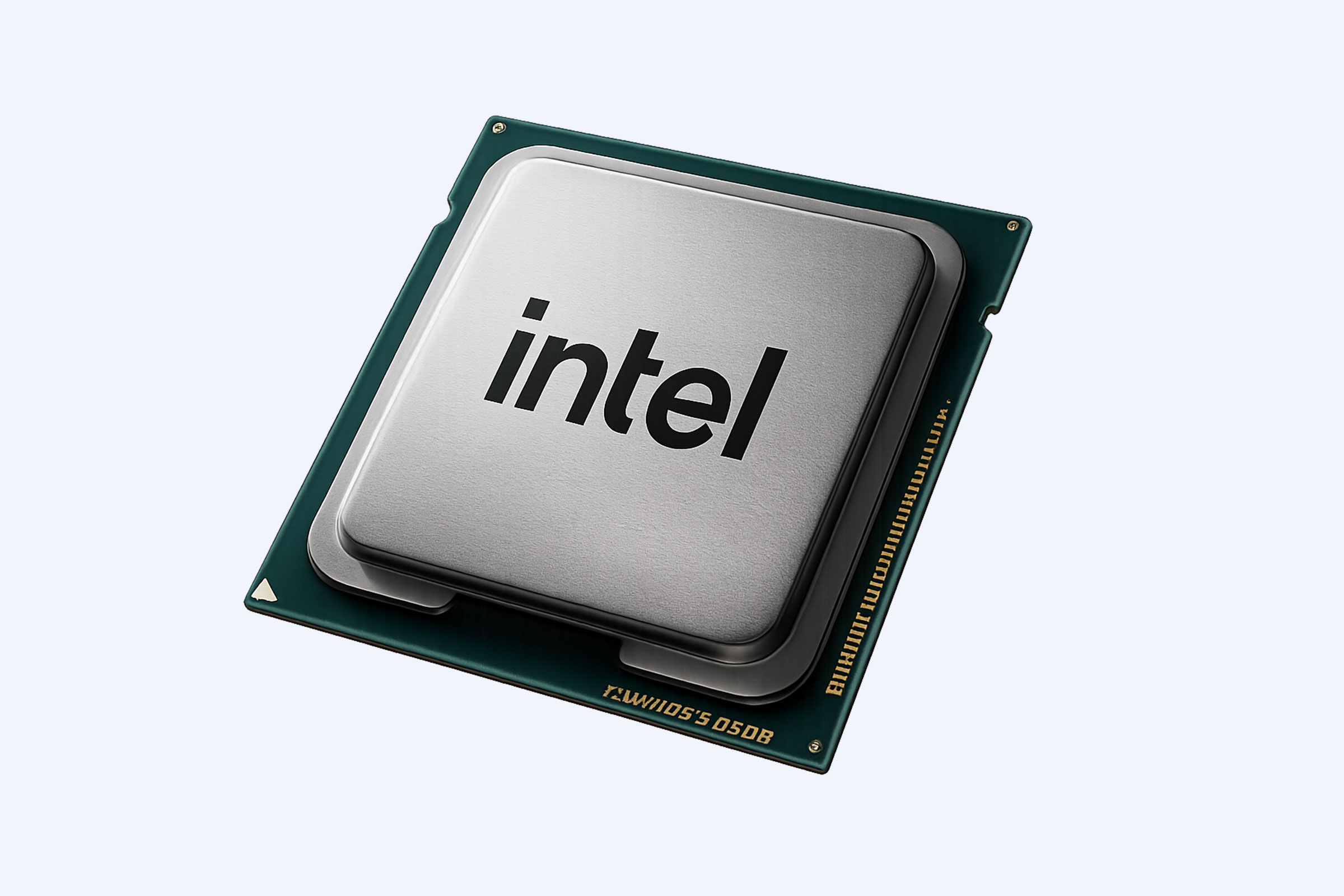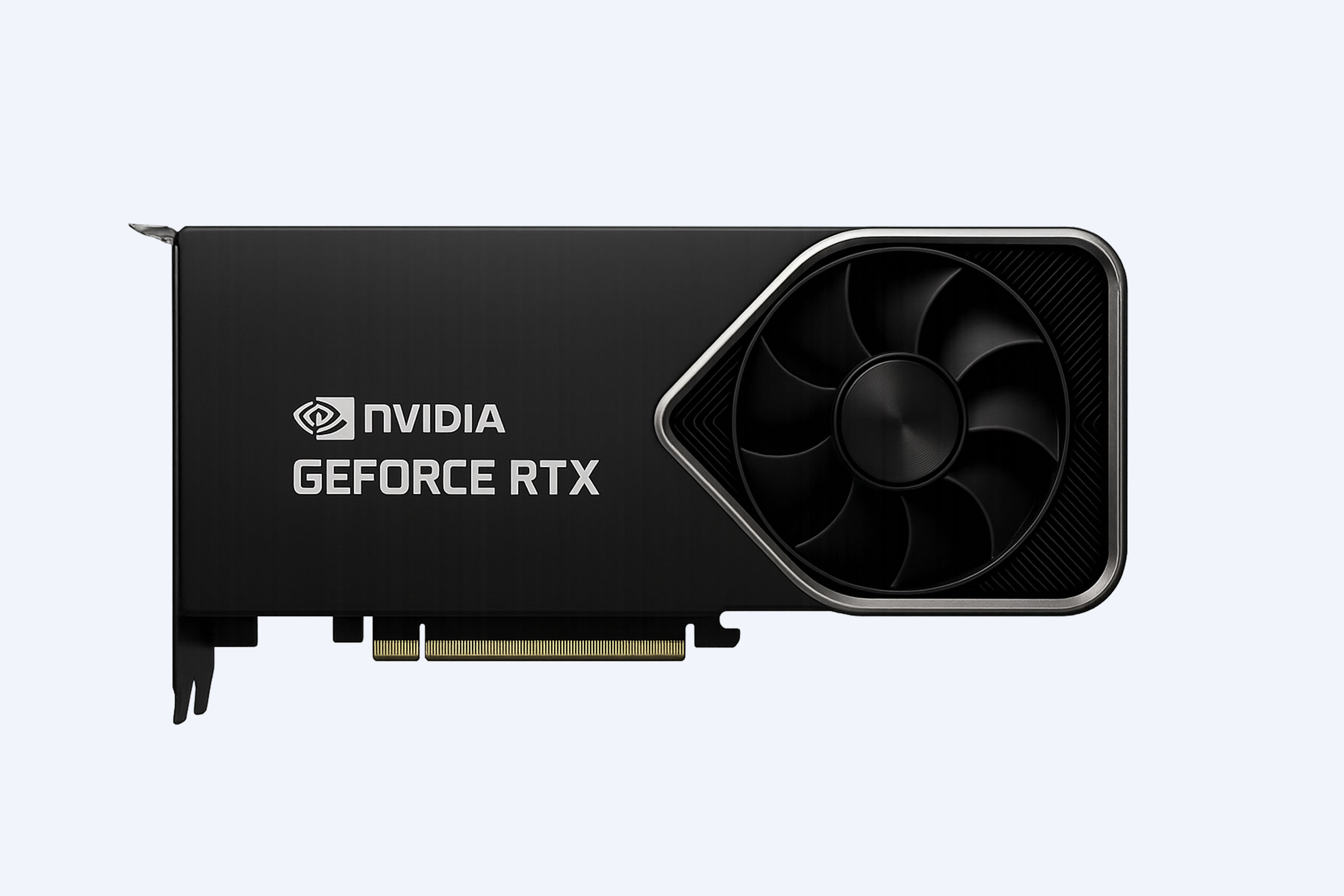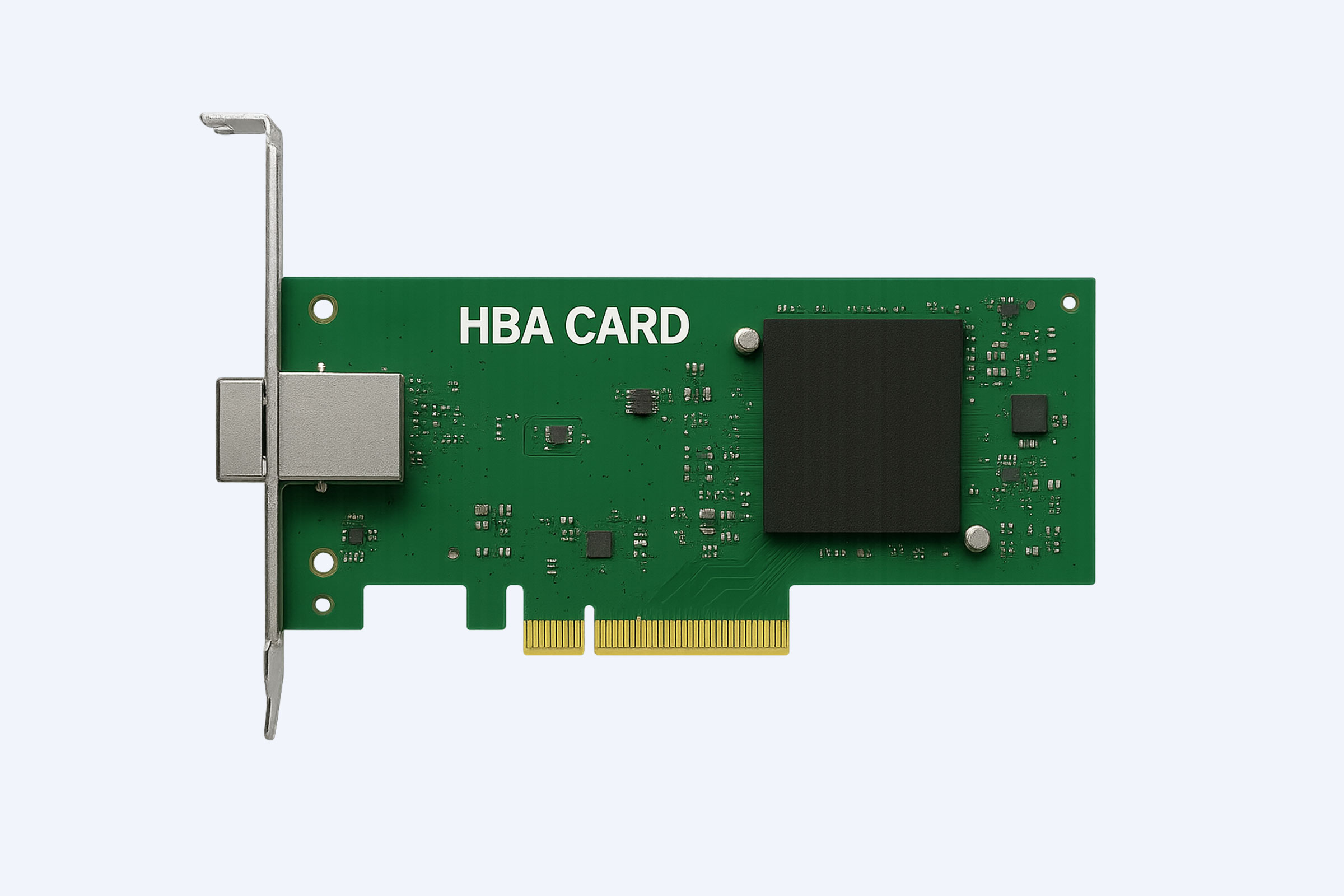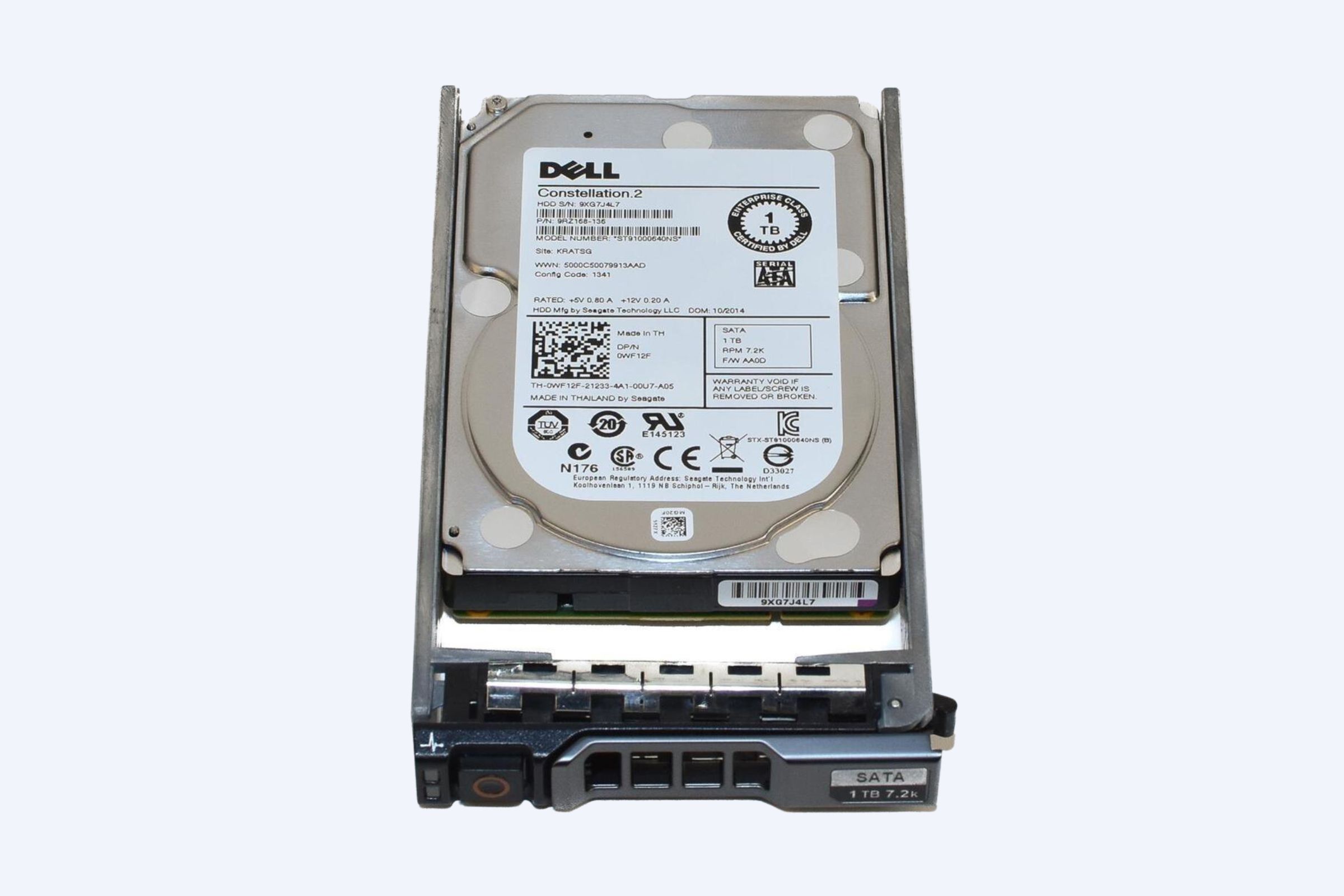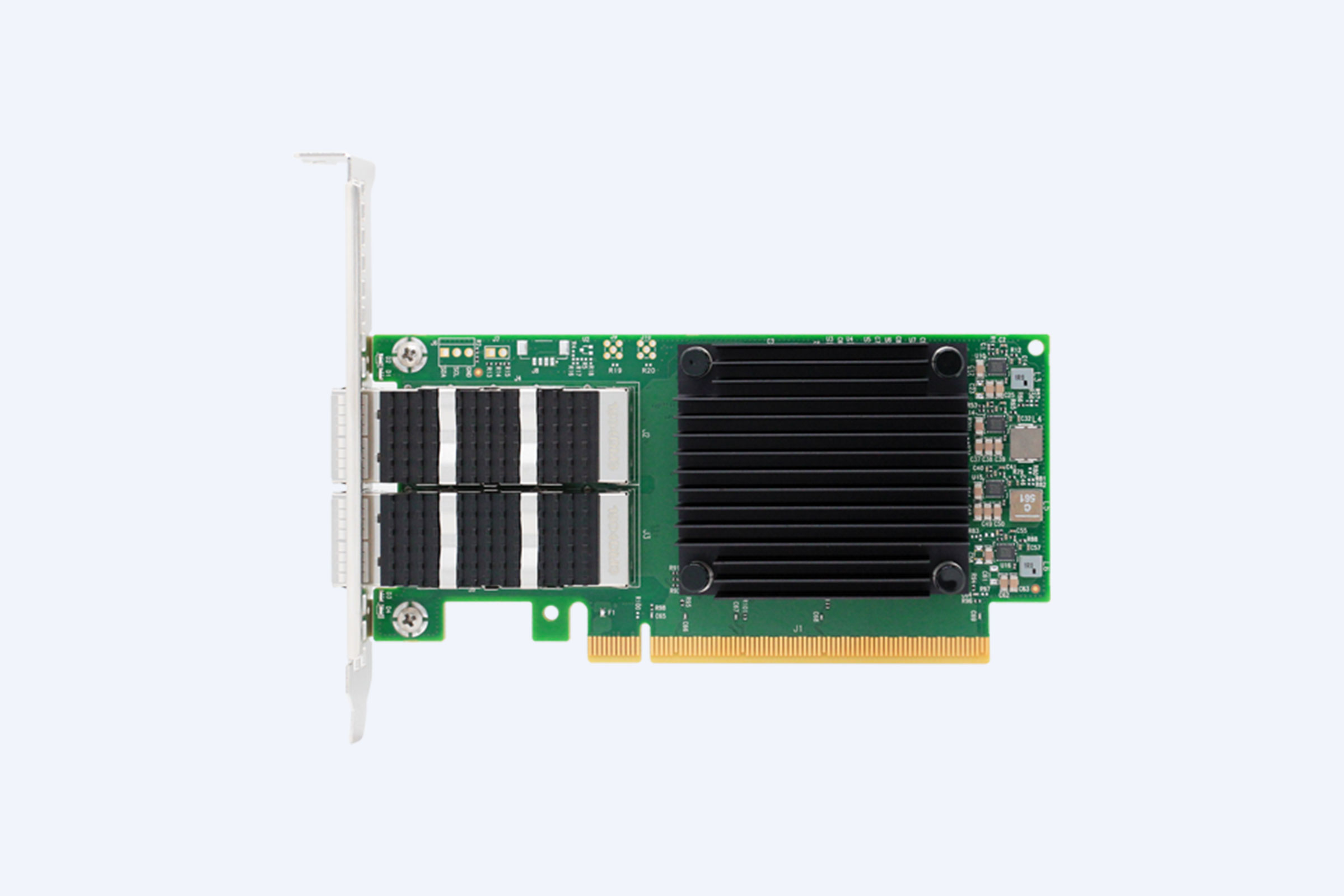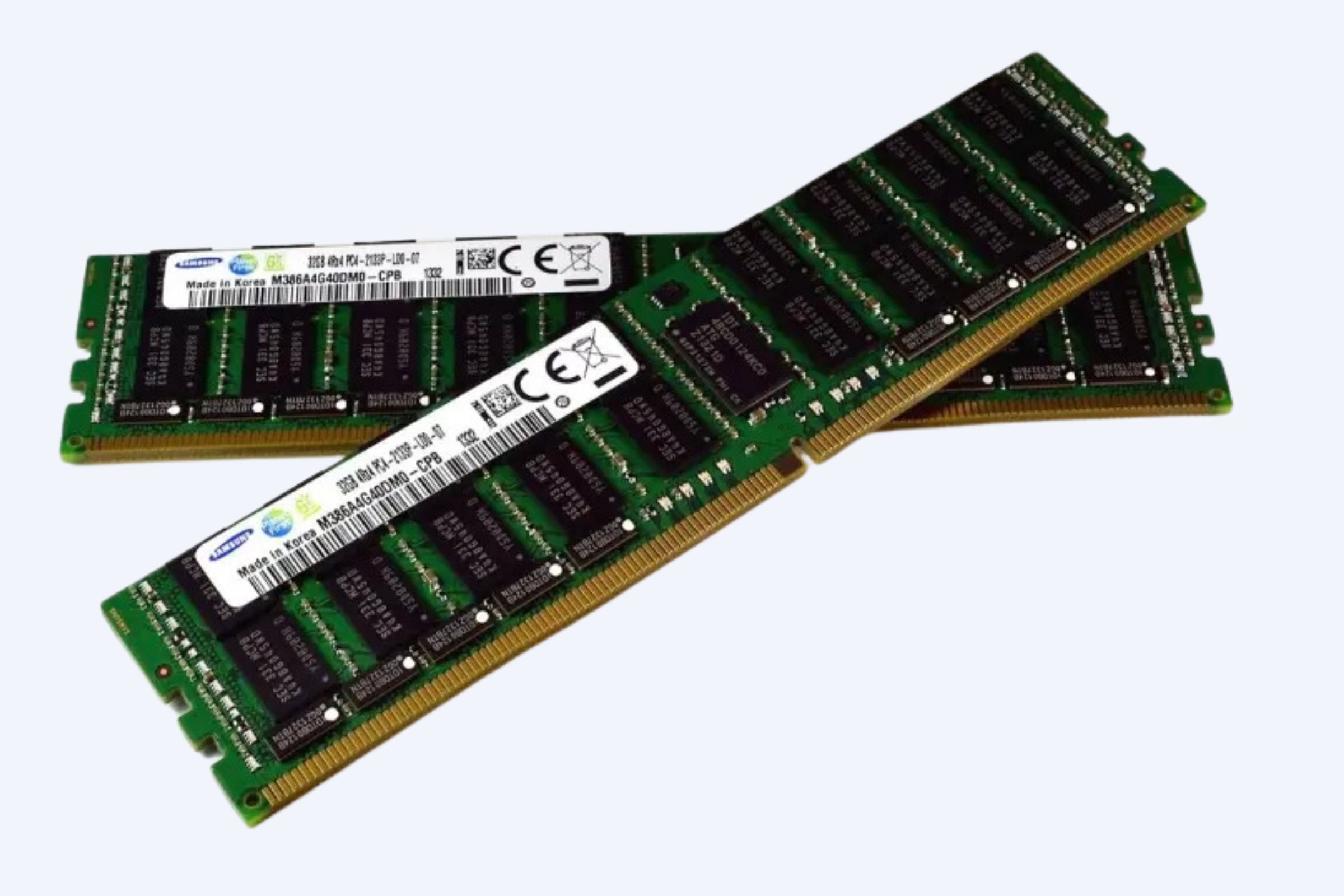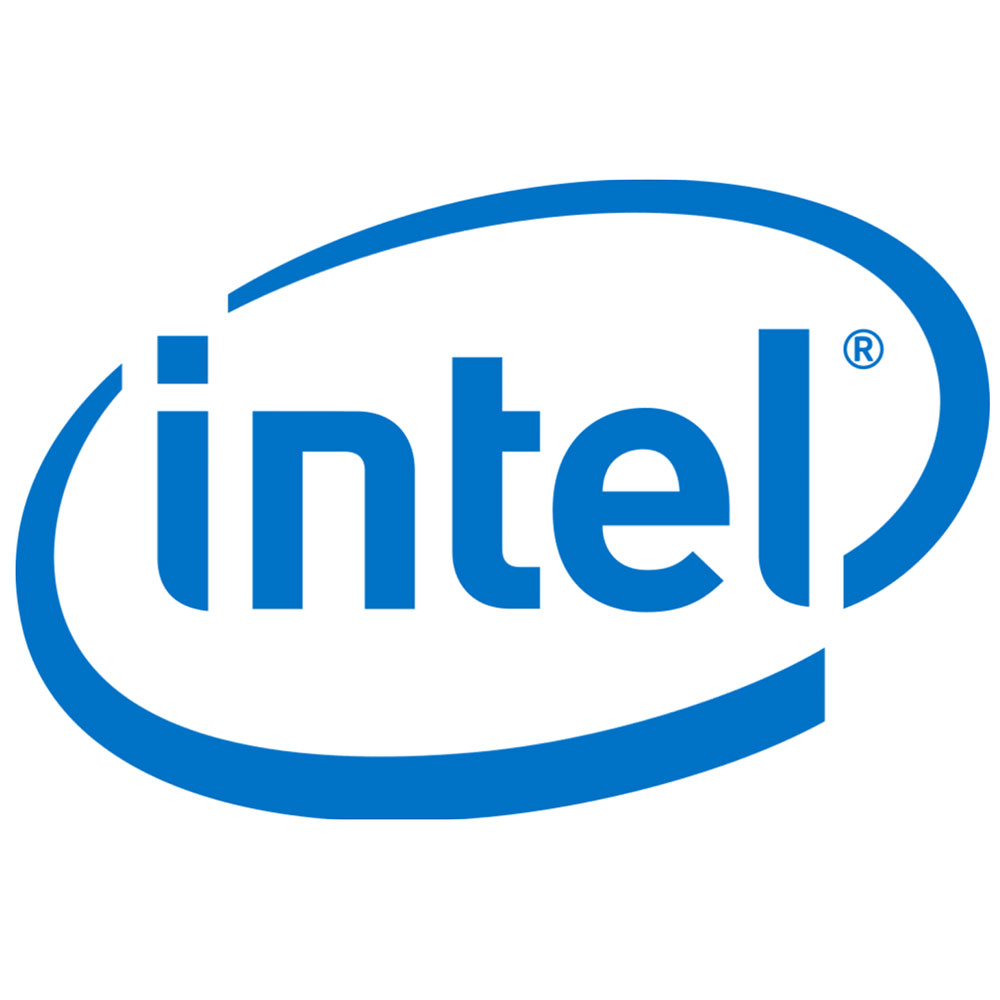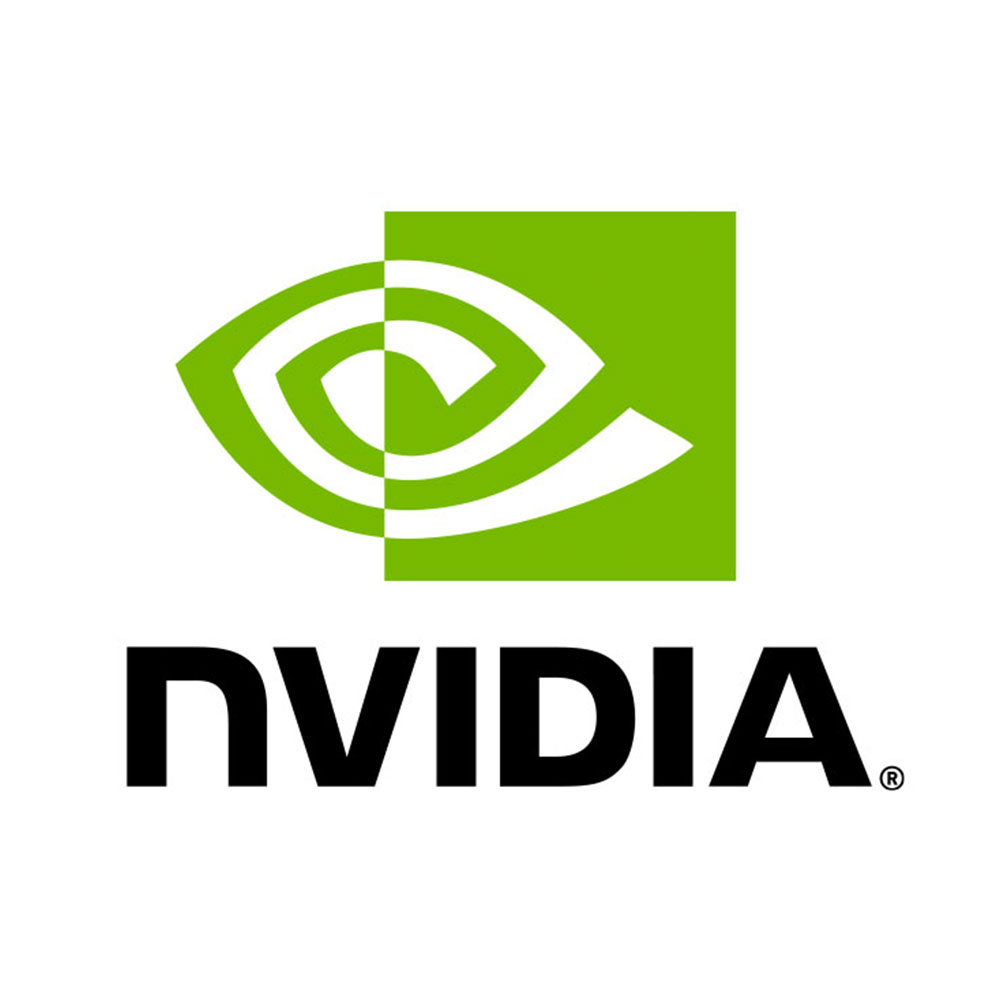The Dell PowerEdge HS5610, HS5620, and MX760c servers each cater to unique needs within modern data centers and cloud-scale environments, differing mainly in form factor, storage capacity, and workload optimization. Understanding these differences helps enterprises pick the right server to boost performance, scalability, and efficiency.
How Do the Form Factors of HS5610, HS5620, and MX760c Differ?
The HS5610 is a compact 1U rack server ideal for dense cloud-scale setups, while the HS5620 expands into a 2U rack server, bringing more room for storage and I/O expansion. The MX760c differs as a modular 2-socket compute sled designed to fit into the PowerEdge MX7000 chassis, delivering flexible high-density compute resources managed centrally within the chassis environment.
What Are the Target Workloads for Each Server Model?
The HS5610 excels in virtualization, scale-out databases, and software-defined storage tailored for cloud service providers. The HS5620 suits higher-density workloads that demand more storage capacity such as medium VM density virtualization and storage-intensive applications. The MX760c targets modular workloads in high-density environments, optimized for virtualization, big data analytics, and AI inferencing.
Which Processor and Memory Specifications Set These Models Apart?
Both HS models support up to two 5th or 4th generation Intel Xeon Scalable processors with up to 32 cores per socket, accommodating up to 2 TB of DDR5 memory via 16 DIMM slots running at speeds up to 5600 MT/s. The MX760c pushes boundaries with support for processors delivering up to 64 cores per socket and doubles memory capacity to 8 TB through 32 DIMM slots for intensive computational tasks.
How Do Storage Options and Expansion Capabilities Compare?
HS5610 offers flexible storage configurations with up to 10 x 2.5-inch or 4 x 3.5-inch drives. HS5620 increases this flexibility significantly, supporting up to 16 x 2.5-inch or 12 x 3.5-inch drives to address storage-heavy workloads. The MX760c’s storage integrates with the MX7000 chassis, accommodating up to 8 x E3.s NVMe drives internally and additional capacity through the chassis for scalable storage solutions.
| Feature | PowerEdge HS5610 | PowerEdge HS5620 | PowerEdge MX760c |
|---|---|---|---|
| Form Factor | 1U rack server | 2U rack server | Modular compute sled in MX7000 chassis |
| Target Workloads | Cloud scale virtualization | Medium VM density storage | AI, big data, modular dynamic load |
| Processor Support | Up to two 5th/4th Gen Intel Xeon, 32 cores/socket | Same as HS5610 | Up to two 5th/4th Gen Intel Xeon, up to 64 cores/socket |
| Maximum Memory | Up to 2 TB DDR5, 16 DIMMs | Up to 2 TB DDR5, 16 DIMMs | Up to 8 TB DDR5, 32 DIMMs |
| Storage Options | Up to 10 x 2.5” or 4 x 3.5” drives | Up to 16 x 2.5” or 12 x 3.5” drives | Up to 8 x E3.s NVMe drives + chassis expansion |
Why Should Enterprises Consider Modular Servers Like the MX760c?
Modular servers like the MX760c provide unmatched flexibility and density within the PowerEdge MX7000 chassis, simplifying management while maximizing compute and memory capacity in a compact footprint. This design supports dynamic configuration to evolve with changing workload demands for AI, big data, and virtualization-intensive environments.
How Does Dell’s Hyperscale Next Program Enhance These Servers?
Dell’s Hyperscale Next program delivers open ecosystem management tools such as Dell Open Server Manager built on OpenBMC, optimizing server deployment, firmware management, and lifecycle operations. This program enhances security, automation, and ensures efficient operation tailored specifically for cloud service providers and hyperscale data centers.
What Makes Wecent a Trusted Partner for Dell PowerEdge Solutions?
Wecent Technology, based in Shenzhen, offers over 8 years of expertise in delivering enterprise-class servers and IT solutions globally. Partnering with brands like Dell, Wecent guarantees certified, high-performance hardware backed by professional consulting and comprehensive support, ensuring clients achieve operational efficiency and scalability in their IT infrastructure.
How Does Energy Efficiency Factor Into These Dell PowerEdge Servers?
Both the HS5610 and HS5620 models feature energy-efficient designs optimized for dense cloud infrastructures, including front I/O configurations aimed at maximizing cold aisle airflow and reducing data center cooling costs. Such designs are essential for sustainable, cost-effective operation in large-scale deployment scenarios.
When Should an Enterprise Choose HS5610 Over HS5620 or MX760c?
Enterprises focused on compact, cost-effective 1U servers for virtualization and software-defined storage should opt for the HS5610. If higher storage density and more expansion capability are required, the 2U HS5620 is preferable. For environments requiring extreme compute density, centralized management, and modular flexibility, the MX760c within the MX7000 chassis is ideal.
Wecent Expert Views
“Wecent Technology values the Dell PowerEdge HS series and MX platform as foundational components for modern data centers and cloud providers. The balance between density, performance, and manageability in these servers enables businesses to scale efficiently while maintaining high availability. With Dell’s robust engineering and Wecent’s localized support expertise, clients gain a seamless path to infrastructure modernization and workload optimization.” — Wecent Senior IT Solutions Consultant
Conclusion
Selecting between the Dell PowerEdge HS5610, HS5620, and MX760c depends heavily on an organization’s workload, space constraints, and performance requirements. The HS5610 offers a compact, efficient solution for standard cloud applications, the HS5620 scales storage and I/O for more intensive demands, and the MX760c delivers modular, high-density compute for emerging AI and big data needs. With Wecent’s trusted partnership and expert support, enterprises can confidently deploy these servers to build resilient, scalable, and cost-effective data centers.
FAQs
Q1: Can the MX760c be used outside of the MX7000 chassis?
No, the MX760c is designed as a modular compute sled specifically for the PowerEdge MX7000 chassis to leverage the chassis’ centralized management and cooling.
Q2: What operating systems do these servers support?
All models support a range of enterprise operating systems including major Linux distributions, VMware ESXi, and Windows Server editions.
Q3: Are there differences in networking capabilities between the models?
Yes, expansion slots and network card options vary, with the HS5620 providing greater PCIe slot availability and advanced networking options suitable for higher I/O workloads.
Q4: How does Wecent support clients with Dell PowerEdge servers?
Wecent offers expert consultation, supply of fully certified Dell hardware, and comprehensive pre- and post-sale support to ensure optimal deployment tailored to specific business needs.
Q5: What warranty options come with Dell PowerEdge servers purchased via Wecent?
Standard Dell warranty packages apply, and Wecent can assist with customized support agreements including on-site service and extended warranties.



